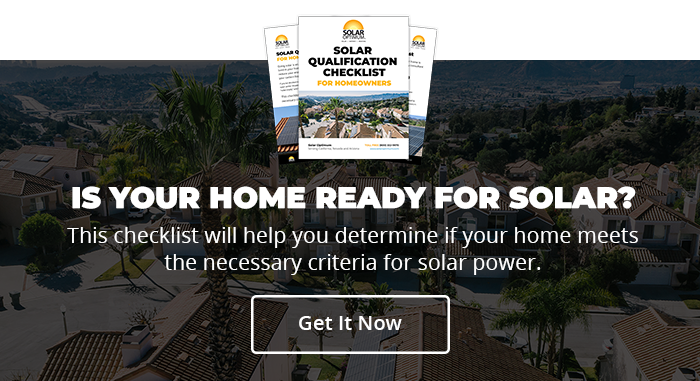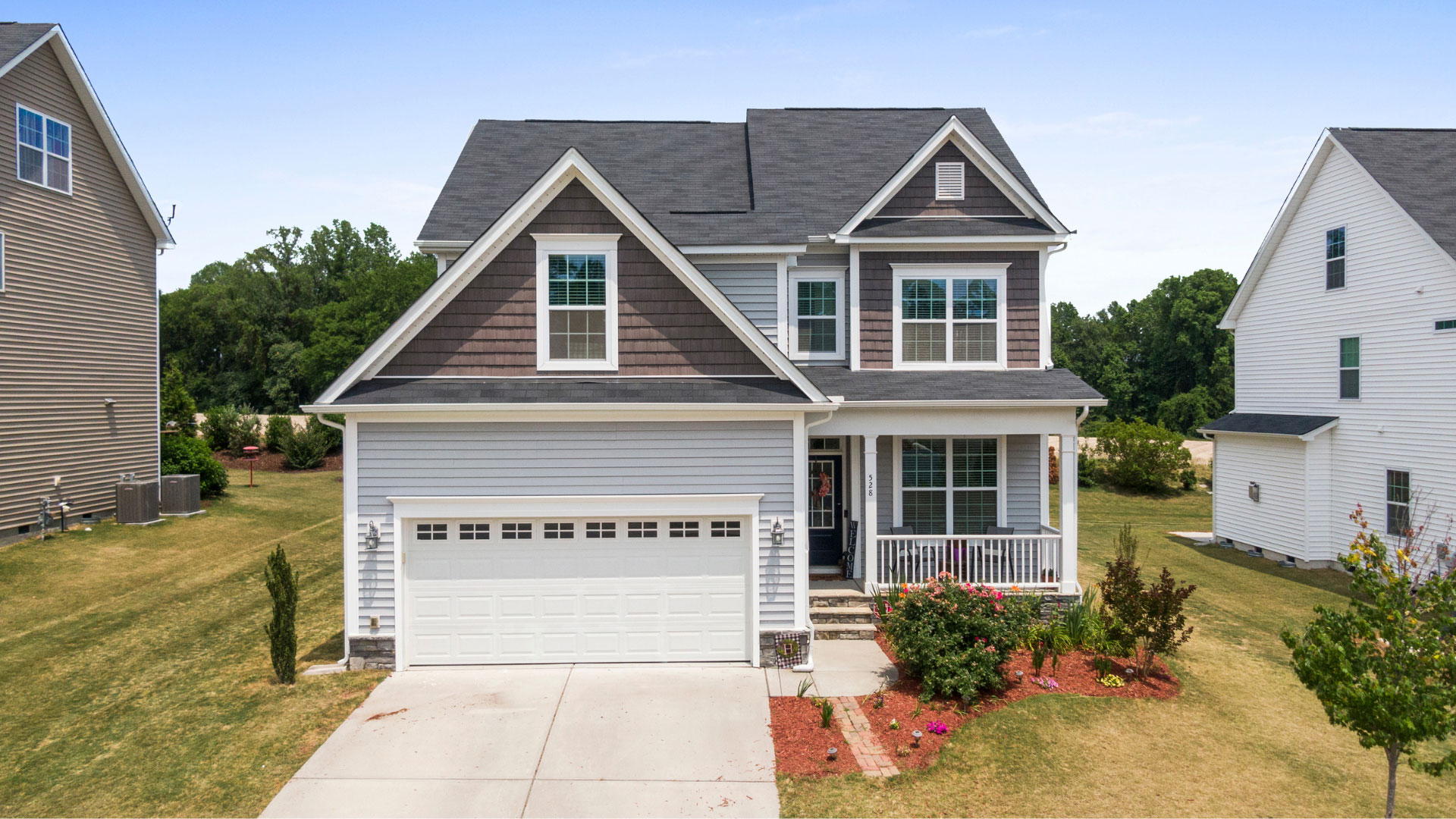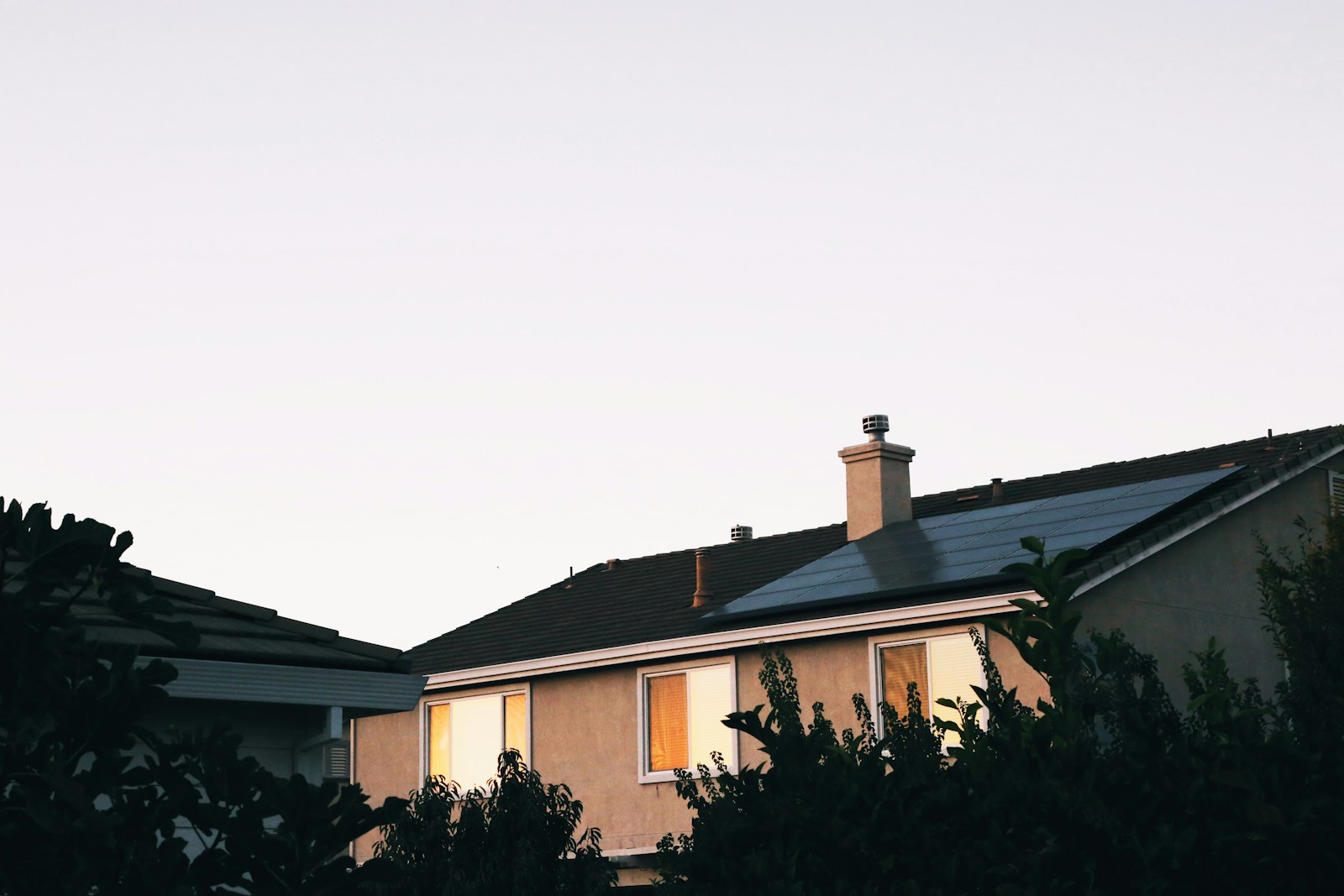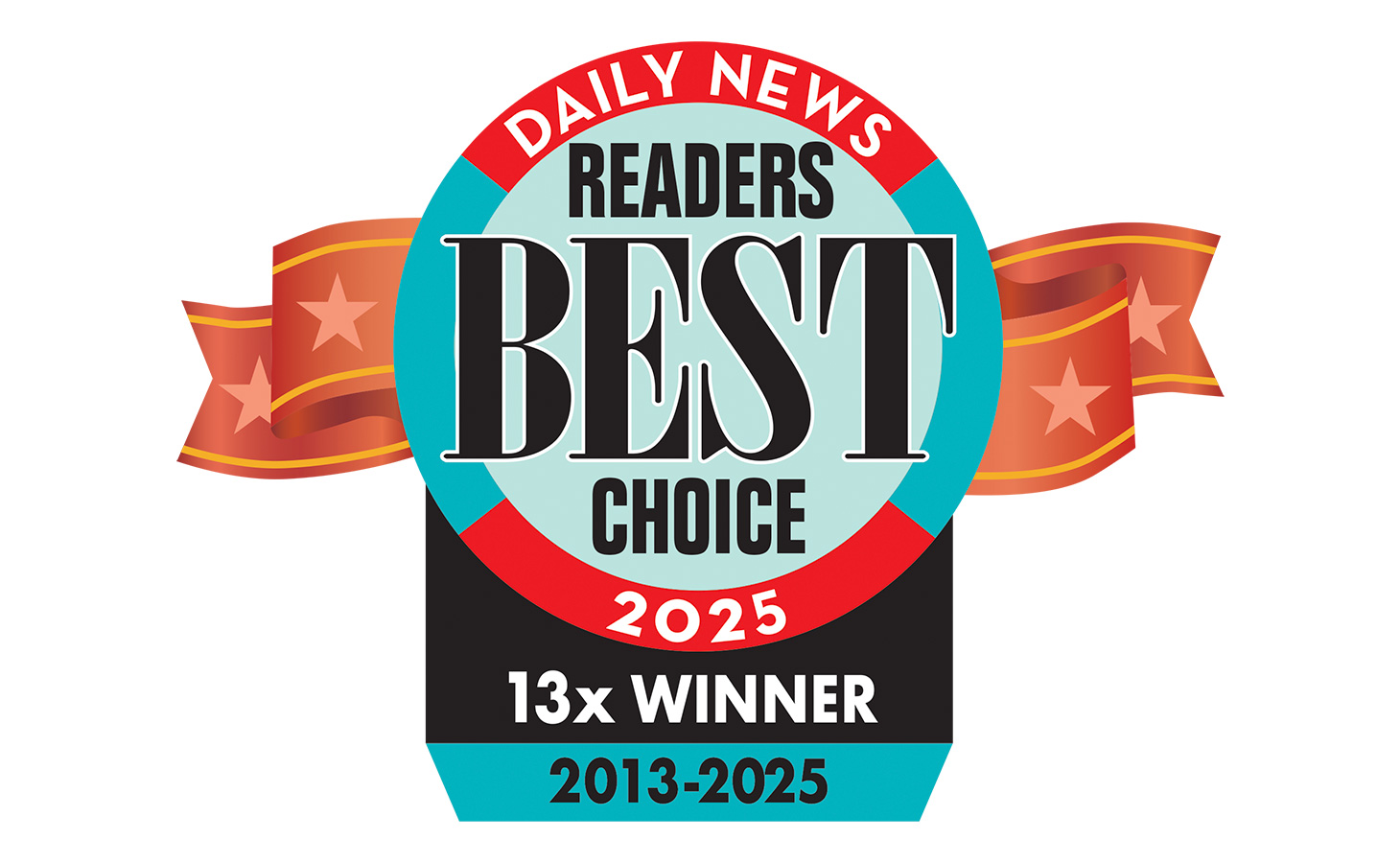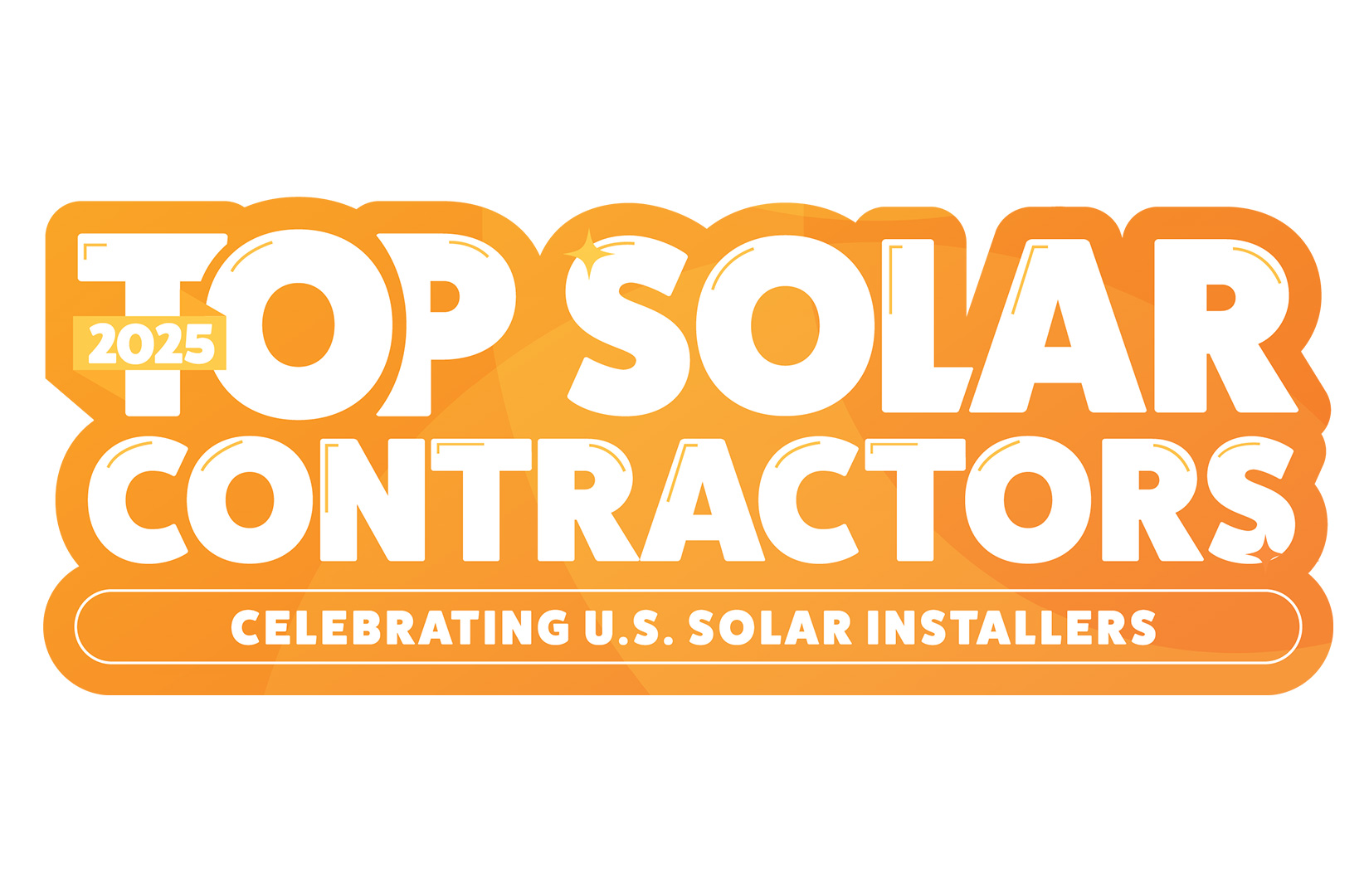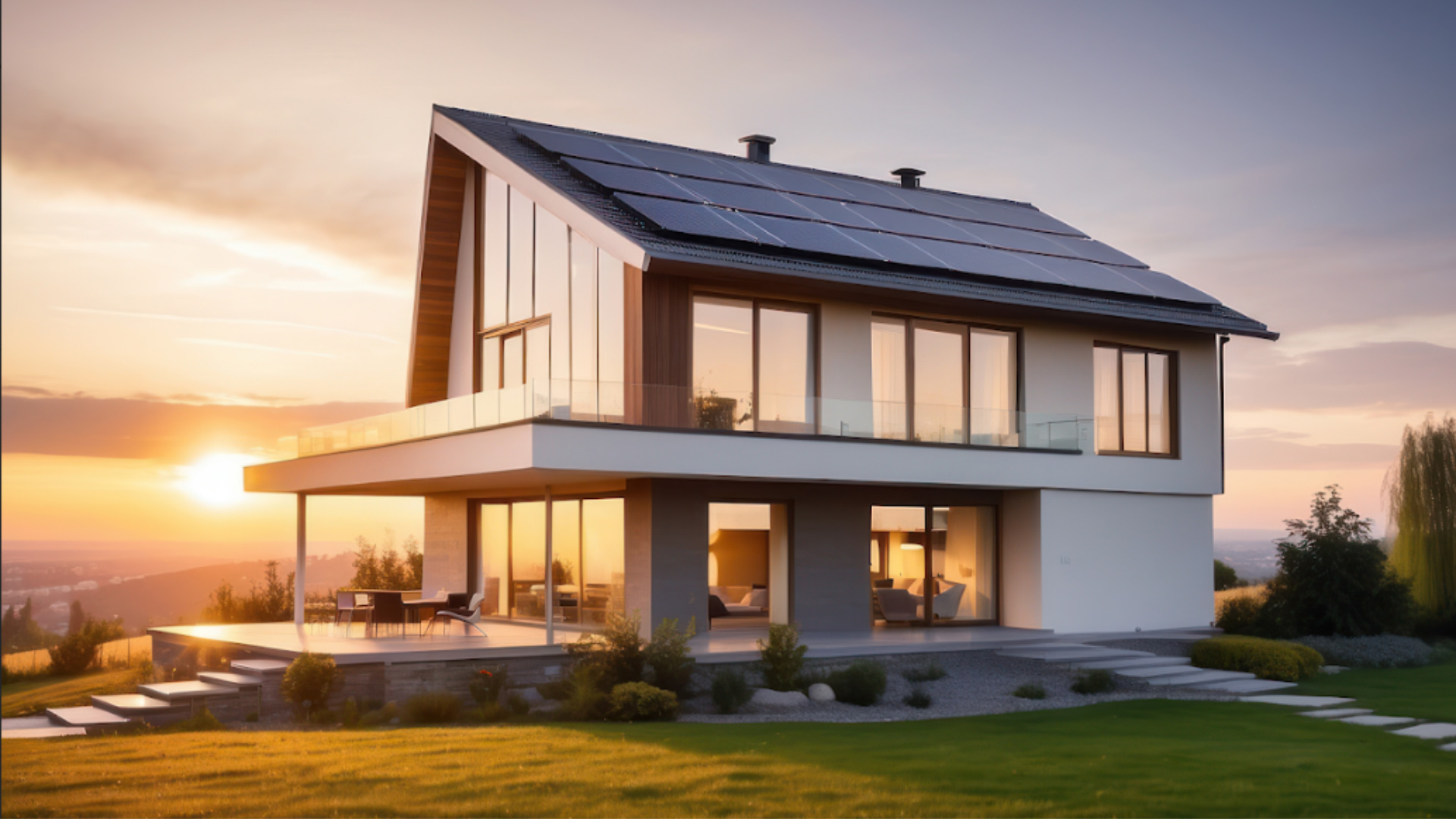Are you considering a new solar panel system for your home? If so, you have three options to pay for it: buying, leasing or a solar Power Purchase Agreement (PPA). If you’re unsure which one makes sense for you, here’s what’s involved and the pros and cons of each option.
Buying Your Solar System
If you have the cash, you can cover the costs of your new system outright. Depending on your system’s size and several other factors like where you live, you’ll pay between $17,000 to $23,000. You’ll also be able to take full advantage of the federal solar tax credit, statewide incentives and municipal tax credits.
By buying outright, you can avoid financing charges and interest. However, you’ll need to obtain financing if you want to buy and don’t have the cash on hand. Financing your solar system may be expensive over time, depending on the terms. Whether paying in cash or credit, the panels are yours, which means repairs and maintenance are your responsibility.
Pros:
- Higher lifetime savings
- Eligibility for tax credits and other incentives
- Increased property value for your home
Cons:
- Costly upfront expense
- Expensive interest charges if financed
- Repairs and maintenance are the homeowner’s responsibility
Leasing Your Solar System
You don’t have to buy solar panels to enjoy the benefits of a solar system. Many providers will lease systems out to qualified homeowners. The company will retain ownership of the panels, and for a fixed monthly rate, you’ll enjoy the reduced electricity costs they provide. Moreover, the provider will take care of all repairs and maintenance for free over the lifetime of the lease.
Solar leases are long-term financing options, usually ranging between 15 and 25 years. At the end of the lease, you may be able to renew or purchase the panels outright to continue enjoying their benefits. It’s important to note that leases are not eligible for the federal solar tax credit, nor can they take advantage of net metering or other solar rebates or incentives.
Pros:
- No upfront purchase costs
- No maintenance and repair costs
- Lower energy costs throughout the life of the lease
Cons:
- Fixed lease payments offset energy savings
- No savings through federal or other solar incentive programs
- Total savings are not as high as buying panels
- An early termination fee if you end the lease prematurely
Entering a Solar PPA for Your Solar System
A solar PPA is a type of lease where the provider still owns the panels and handles repair and maintenance throughout the lease’s life. The homeowner gets to enjoy energy cost savings while avoiding upfront purchase costs.
What separates a solar PPA from a conventional solar lease is the monthly payments. With a solar lease, the payments are fixed and with a PPA, the payments are variable and determined by actual energy consumption. The less you use, the less you’ll pay, and vice versa. A solar PPA can be beneficial if your energy needs are fairly low and you’re deliberate about limiting your household’s energy usage.
Pros:
- No upfront purchase costs
- No maintenance and repair costs
- Lower energy costs throughout the life of the PPA
- Monthly PPA costs can be reduced by reducing consumption
Cons:
- Variable lease payments offset energy savings
- No savings through federal or other solar incentive programs
- Total savings are not as high as buying panels
- An early termination fee if you leave your contract early
Which Is Best for You?
If you can afford it, you’ll enjoy the most cost savings by buying your new solar system. Before you do, you’ll want to carefully look at what repair and maintenance costs may entail down the road. Also, consider any financing charges you may pay if you finance your purchase to ensure you’re not underestimating expenses.
However, whether through a conventional lease or a solar PPA, leasing can also be a great option. This allows you to enjoy solar energy without paying upfront costs or dealing with the hassle of solar panel repair and maintenance.
Navigate Your Financing Options With Help From Solar Optimum
No matter which financing option you choose, you can experience a significantly lower energy bill and cleaner energy for your home. If you’d like to learn even more about your solar financing options, contact us or download Solar Optimum’s Ultimate Guide to Going Solar.
